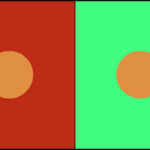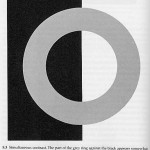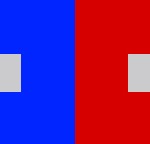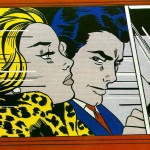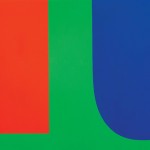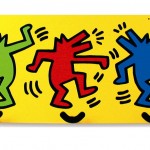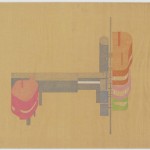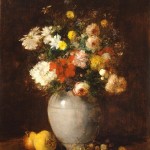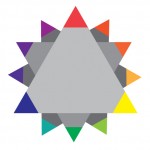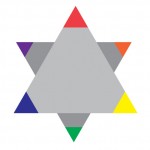Materials Needed
- Sketchbook, pencils
- Camera or camera-phone
Discussion :
Review:
The Principles: basic assumptions that guide the design practice.
- Balance: The concept of visual equilibrium. Most compositions achieve balance in one of two ways: symmetrically or asymmetrically.
- Symmetrical balance: can occur in any orientation as long as the image is the same (weight, form) on either side of the central axis. The result is formal, organized and orderly, but it is easy to over emphasize the center axis. Symmetrical images have a strong sense of unity, because at least half of the image is repeated. At the same time sometimes symmetrical balance can lack variety.
- Asymmetrical balance: Asymmetry means without symmetry. It is possible to achieve balance without symmetry. It requires placement of objects in a way that will allow objects of varying “visual weight” to balance one another around a fulcrum point. Imagine several small objects balanced by a large object on a scale.
- EXAMPLES:



Field Trip
We are going to the A Station at Jay Street-Borough Hall where artist Ben Snead has a permanent glass mosaic and ceramic tile artwork called Departures and Arrivals.
From the MTA website:
The intricate play of nature is the theme of Ben Snead’s mosaic and tile artwork, which fills the south mezzanine with bold color and intricate patterns along a specially designed 103 foot-long curved wall. The work exhibits the artist’s interest in natural species and ways of arranging them in systems and patterns that highlight the connections and relationships between dissimilar species.
The artwork – created in glass mosaic based on Snead’s original paintings – features species that have migrated to Brooklyn as well as one species that is departing. He arranges the species in layers that can be seen from left to right: European starling (originally from England), a house sparrow (Europe), Red Lion fish (Indian Ocean), Monk parrot (South America) and Koi (Japan). The Tiger Beetle is represented on a tile background; a local species that is in decline. The result is a bold and graphic set of images that intrigue and delight passersby during their own departures and arrivals.
Ben Snead References:
Free-Study #2 – Ben Snead, Departures and Arrivals
Using any materials you like, create a Free-Study based on our field trip to see Ben Snead’s pubic subway mosaic work called Departures and Arrivals. Your composition should reference the content, symmetry, saturation, and graphic, diagrammatic style demonstrated in the glass mosaic and ceramic tile artwork at the A Station at Jay Street-Borough Hall.
Research / Inspiration
After visiting Ben’s pubic subway mosaic work called Departures and Arrivals, answer the following in your CPB:
- What inspires Ben’s work?
- What role does Symmetry and Pattern play in his work?
- Observe the hues, value, and saturation, what is the range of each?
- How would you describe the style of the work? What does it remind you of?
- Does the layering and position of the different birds, fish and insects have any significance?
- Is their any connection between the different species?
- Any other questions you have or observations you’ve made….
Experimentation / Iteration
In your CPB take some time to think about how you can use Departures and Arrivals as an inspiration for your own composition. Create at least 10 quick thumbnails to “think” out some ideas. Remember to always consider the figure-ground relationship, economy, and unity.
Final Composition
- Your final work should be a minimum of 9×12″ in any medium you like, but it should reference the content, symmetry, saturation, and graphic, diagrammatic style demonstrated in Ben’s glass mosaic and ceramic tile artwork.
Homework
- Assignment #4 Free-Study #2 / Ben Snead’s Departures and Arrivals.: Using any materials you like, create a Free-Study based on Ben’s work. Your composition should reference the content, symmetry, saturation, and graphic – diagrammatic style of Departures and Arrivals. (see instructions above)
- CPB’s will be reviewed for Assignment #4. (See Assignment #4 page for details.)










